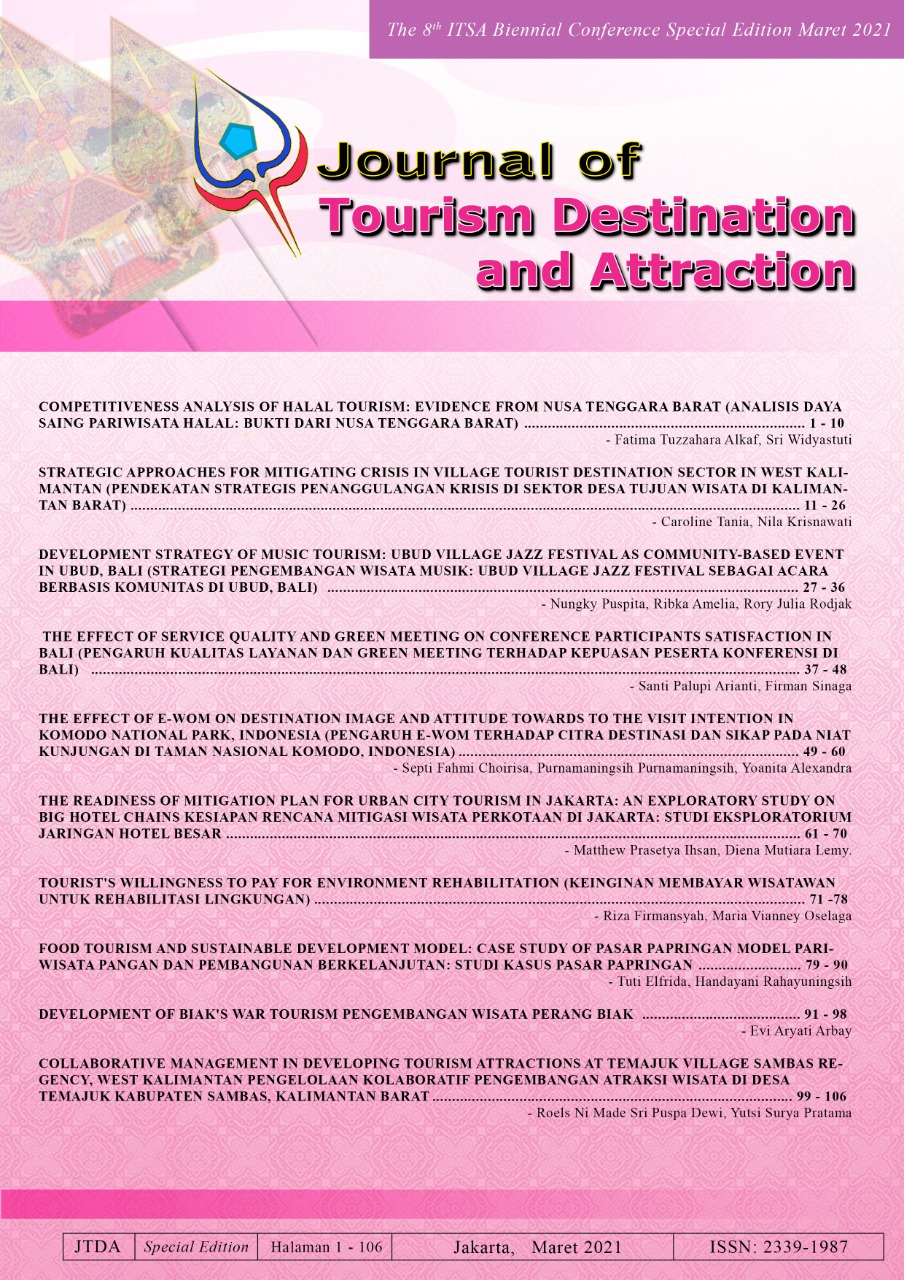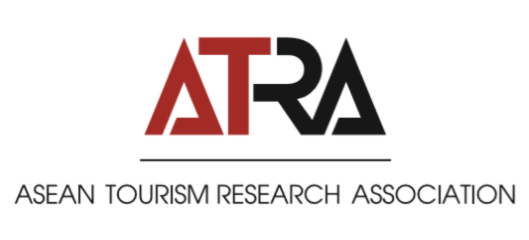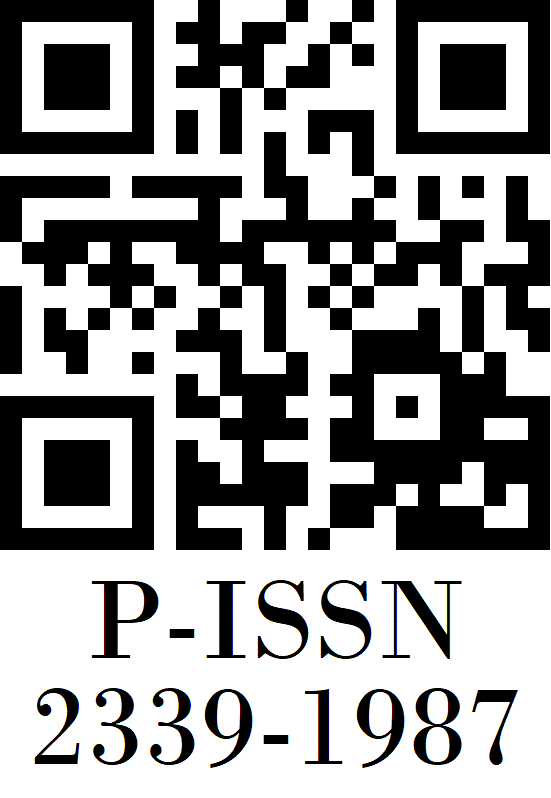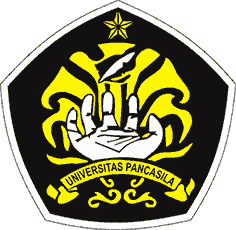DEVELOPMENT STRATEGY OF MUSIC TOURISM : UBUD VILLAGE JAZZ FESTIVAL AS COMMUNITY-BASED EVENT IN UBUD, BALI
DOI:
https://doi.org/10.35814/tourism.v8i2.1886Keywords:
special event, music tourism, community participation, SWOT analysisAbstract
Music Tourism is the specialization interest in tourism and this tourism increasing the tourist enthusiasm and attraction. This study describe the Ubud Village Jazz Festival which is the one of the International Music festival that held on Ubud, Bali and also the community-based international music festival . For the analysis, this study use SWOT analyses to make the strategy and the recommendation and also use Elements of Jazz Music Festival theory according to Racapong Khaiewpan. This study use the data from observation and literature study. This research focuses on music tourism attractions and local participation that collaborated in this special event. The results of this study are Ubud Village Jazz Music Festival fulfill the four elements of Jazz Music Festival, for the element of Music Tourism Management in Administrative Aspect this event have so many sponsorships with The Indonesian Creative Economy Agency (BEKRAF), Local brand and business and also with the local people to contributed. For the Music Tourism Management in Design Aspect, this event used Eco-friendly materials. For Marketing Aspect, Ubud Village Festival have sponsorhip with the local TV station to promoting the event. For the Operational Aspect, this event have the schedule and the rules. For Management in Risk Aspect this event have the preparation to discrease the risk for the uncertain weather. The management also advised the tourist to have some preparation to bring raincoat and umbrella because this event is an outdoor event. The local people involved in the whole aspect including the stage of planning, implementation, benefit receipt, monitoring and evaluation which they have done well and organized.
Keyword: special event, music tourism, community participation, SWOT analyses
References
Berridge, G.2007.Event Management Series; Events Design and Experiences, Butterworth Heinemann, Linacre Jordan, Oxford.
Brighton, H. Getrude, K. Kumbirai, M. Dan Taonga, N. (2014). Exploring the Determinants of Memorable Tourism Experience in the boating sector A case of kariba, Zimbabwe. Journal-of-Hospitality-Tourism-
Chandralal dan Valenzuela (2013), Exploring Memorable Tourism Experiences: Antecedents and Behavioural Outcomes, Journal of Economics, Business and Management, Vol. 1, No. 2, May 2013
Creswell, Jhon W. 2012. Research design pendekatan kualitatif, kuantitatif, dan mixed.
Terjemahan oleh Achmad Fawaid. Yogyakarta: pustaka pelajar.
David Fred. 2008. Managemen Strategis, Ed. 12. Terjemahan oleh Dono Sunardi. 2010. Jakarta (ID): Salemba Empat
Hermantoro, H.2009. Creative Based Tourism Dan Wisata Rekreasi Menjadi Wisata Creative, Depok, Aditri.
Indrawan, Rully, Yaniawati, Poppy. 2014. Metode Penelitian: Kuantitatif, Kualitatif Dan Campuran Untuk Manajemen, Pembangunan Dan Pendidikan. Bandung: Refika Aditama.
Jurnal Kepariwisataan Indonesia. Vol.3, No.3, September 2008
Kim, J-H. (2009). Development of a scale to measure memorable tourism experiences. Indiana University
Kim, J. H., Ritchie, J. R. B., & McCormick, B. (2012). Development of a scale to measure memorable tourism experiences. Journal of Travel Research, 51(1), 12-25
Kim, J. 2017. The Impact of Memorable Tourism Experiences on Loyalty Behaviors: The Mediating Effects of Destination Image and Satisfaction. Journal of Travel Research 004728751772136.
Larsen (2007), Aspects of a Psychology of the Tourist Experience. Journal of Hospitality and Tourism. 7 (1), pp. 7- 18.
Malone, Sheila, Scott McCabe dan Andrew P. Smith. 2014. The Role of Hedonism in Ethical Tourism. Annals of Tourism Research.
Mei, X.Y. 2014. Boring and expensive: The challenge of developing experience-based tourism in the Inland region, Norway. Tourism Management Perspectives, Vol.12.
Natori, Nasahiko. 2001. A Guide Book for Tourism Based Community Development. Osaka Japan: Publiser APTEC.
Poria, Y., Butler, R., dan Airey, D. (2003), The core of heritage tourism, Annals of Tourism Research, Vol. 30, No. 1.
Prabawaputra. 2009. Tingkat Partisipasi Masyarakat Bantaran Sungaiciliwung Pada Kegiatan Pengadaan Sarana Prasaranapencegahan Pencemaran Lingkungan Di Kelurahan Babakan Pasar, Kecamatan Bogor Tengah Kota Bogor. Bogor, Institute Pertanian Bogor.
Prety, JN. 1995. Regenerating Policies and Practice Sustainability and Self Reliance, Earth Scan.
Washington, London National Academy Press
Pudjiastuti, Wahyuni. 2010. Special Event. Jakarta: PT. Elex Media Komputindo.
Reisinger & Turner. 2003. Tourism Development: Growth, Myths, and Inequalities. London Ritchie, B.W., and Inkari, M. (2006), Host community attitudes toward tourism and cultural
tourism development: The case of the Lewes District, southern England. International Journal of Tourism Research, Vol. 8, No. 1, hal. 27-44.
Salampesssy LM, Nugroho Bramasto, Purnomo Herry. 2010. Partisipasi Kelompok Masyarakat Dalam Pengelolaan Kawasanhutan Lindung Gunung Nona Kota Ambon Provinsi Maluku.
Sarwono, J. 2006. Metode Penelitian Kuantitatif dan Kualitatif. Yogyakarta: Graha Ilmu. Spillane J.J,1987, Pariwisata Indonesia SejarahdanProspeknya, Yogyakarta, Kanisius,
Sugiyono. 2009. Metode Penelitian Kuantitatif dan Kualitatif. Bandung (ID): Alfabeta
Tosun, 2006.expected Nature of Community Participation in Tourism Development. Turkey, School of Tourism and Hotel Management.
Tsiotsou, Rodoula H., and Ronald E. Goldsmith, 2012. Strategic Marketing in Tourism Services.
Bingley: Emerald Group Publishing Limited.
Undang-Undang No: 10 tahun (2009) tentang kepariwisataan
Undang-Undang No: 3 tahun (2005) tentang Sistem Keolahragaan Nasional
Uphoff, Cohen, Goldsmith. 1997. Feasibility and Application of Rural Development Participation: A Satate of the Art Paper. New York (As): Cornell University.
Wardiyanto dan Baiquni, M. 2011. Perencanaan dan Pengembangan Pariwisata. Bandung: Penerbit LUBUK AGUNG.
Yoeti Oka A. 2008. Perencanaan & Pengembangan Pariwisata. Jakarta (ID): Pradnya Paramita Widnyani, Ni Wayan. 2015. Perubahan Peruntukan Lahan Pertanian Dan Pengeseran
Implementasi Konsep Tri Hita Karana. Skripsi
Campbell, Richard Bret. 2011. A Sense of Place: Examining music-based tourism and its implications in destination venue placement. University of Nevada Las Vegas
Gibson, Chris, John Connell. 2005. Music and Tourism: On the Road Again. Multilingual Matters Yoeti, Oka A. 1996. Pengantar Ilmu Pariwisata. Bandung: Angkasa.
Faris Zakaria dan Rima Dewi Suprihardjo. 2014. Jurnal Teknik Pomits Vol. 3, No.2. Konsep Pengembangan Kawasan Desa Wisata Di Desa Bandungan Kecamatan Pakong Kabupaten Pamekasan
Rangkuti F. 2013. Analisis SWOT: Teknik Membedah Kasus Bisnis (Cara Perhitungan Bobot, Rating, dan OCAI). Jakarta (ID): PT. Gramedia Pustaka Utama
Spillane J.J. 1987. Ekonomi Pariwisata Sejarah Dan Prospeknya. Yogyakarta (ID), Kanisius Salampessy LM, Nugroho B, Purnomo H. 2010. Partisipasi Kelompok Masyarakat Dalam
Pengelolaan Kawasan Hutan Lindung Gunung Nona Kota Ambon Provinsi Maluku. J Perennial
T. Prasetyo Hadi Atmoko. “Strategi Pengembangan Potensi Desa Wisata Brajan Kabupaten Sleman”, dalam jurnal Media Wisata, Vol.12, No.2 (2014), hlm. 147.
Abdulhaji S, Yusuf ISHi, 2016. Pengaruh Atraksi, Aksesibilitas, Dan Fasilitas Terhadap Citra Objek Wisata Danau Tolire Besar Di Kota Ternate. J Penelitian Humano 7(2):137
Nafarin M. 2004. Penganggaran Perusahaan. Jakarta: Salemba empat)
Suharman, Harry. 2006. Jurnal Akuntansi dan Keuangan: Pengaruh Alat Evaluatif-Anggaran, Anggaran Partisipatif, Volume III. Bandung: PAAP UNPAD
Analitis Kritiss Atas Laporan Keuangan, Cetakan Ketiga. Jakarta: Rajagrafindo Persada.























